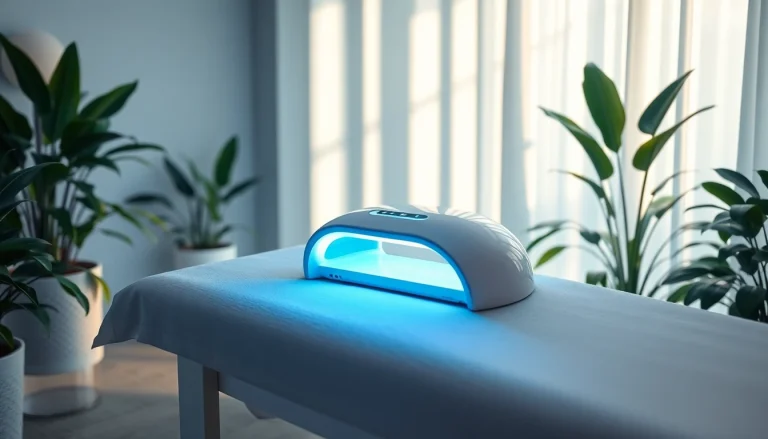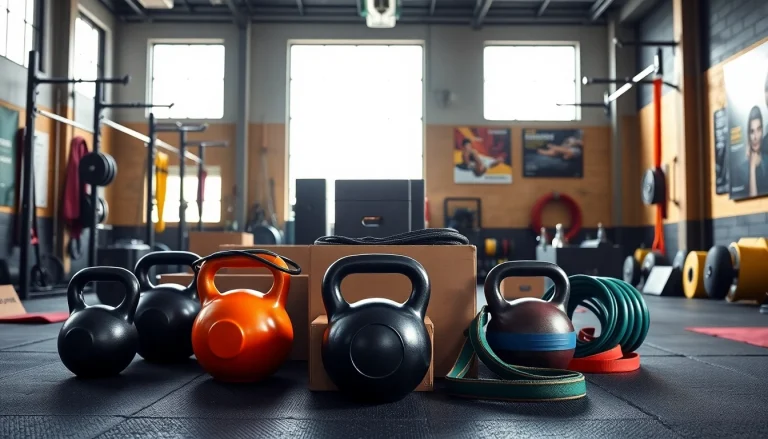Understanding Power Wheelchairs
Power wheelchairs have revolutionized mobility for individuals with disabilities, offering independence and freedom. Unlike manual wheelchairs, power wheelchairs operate using an electric motor, allowing users to navigate with minimal physical effort. This article will delve into the intricate details of power wheelchairs, exploring their benefits, types, essential features, maintenance, and the latest advancements in technology.
What Is a Power Wheelchair?
A power wheelchair is a type of wheelchair that is propelled by an electric motor, powered by batteries. These devices provide enhanced mobility for individuals with limited strength or endurance. Power wheelchairs are equipped with various controls that enable the user to maneuver the chair with ease, often using a joystick or other interfaces. They are particularly beneficial for those who may find navigating with a manual wheelchair challenging due to physical limitations.
Key Benefits of Power Wheelchairs
The advantages of power wheelchairs extend far beyond just mobility. Let’s explore some of the key benefits:
- Independence: Users can navigate their environment without assistance, promoting a sense of autonomy.
- Comfort: Designed for extended use, power wheelchairs often feature more ergonomic designs and seating options than manual models.
- Versatility: Suitable for both indoor and outdoor use, allowing users to engage in various activities.
- Customizability: Power wheelchairs can be tailored to meet the specific needs of users, including different seating options, controls, and additional accessories.
- Advanced Technology: Many power wheelchairs now feature smart technologies that enhance user interaction and safety.
Different Types of Power Wheelchairs
Power wheelchairs come in a variety of types to cater to different needs and lifestyles. Below are the most common classifications:
- Standard Power Wheelchairs: Ideal for users who require basic features and functionality for everyday use.
- Heavy-Duty Power Wheelchairs: Designed for larger users, these wheelchairs offer enhanced durability and stronger motors.
- Portable Power Wheelchairs: Lightweight and foldable, these models are easy to transport and store, making them perfect for travel.
- All-Terrain Power Wheelchairs: Equipped with larger wheels and robust suspension systems, these chairs are intended for users who need to navigate rugged terrain.
- Standing Power Wheelchairs: These innovative models allow users to stand while using the wheelchair, promoting better social engagement and physical health.
Essential Features of Power Wheelchairs
Battery Life and Performance
The performance of a power wheelchair largely depends on its battery life. Users need to consider factors such as:
- Battery Type: Most power wheelchairs use lead-acid or lithium-ion batteries, with lithium-ion typically offering longer life and charging cycles.
- Range: The distance a wheelchair can travel on a single charge varies significantly among models, with some capable of covering over 20 miles.
- Charging Time: Understanding how long it takes to recharge your wheelchair’s battery will impact how you manage daily usage.
- Performance on Inclines: Evaluate how well the wheelchair performs on hills and ramps to ensure it meets your mobility needs.
Customizable Options
One of the hallmarks of power wheelchairs is their customizability. Users can select features that best suit their needs, including:
- Seating Options: Various seat sizes, styles, and materials can enhance comfort and support.
- Control Systems: Adjustable joystick sensitivity and alternative control options such as sip-and-puff systems for users with limited hand movement.
- Weight Capacity: Customizable weight limits can be significant, especially for heavier users needing robust support.
- Additional Accessories: Options such as trays, bags, or cup holders can be added for convenience.
Safety Features Explained
Safety is a crucial aspect of any mobility device. Key safety features to look for include:
- Anti-Tippers: These prevent the wheelchair from tipping backward by providing additional support at the rear.
- Braking Systems: Reliable brake systems can stop the wheelchair from rolling when stationary or descending hills.
- Reflective Materials: These enhance visibility when traveling in low-light conditions.
- Emergency Controls: A manual override or emergency shut-off feature can be vital in hazardous situations.
How to Choose the Right Power Wheelchair
Assessing Your Mobility Needs
Choosing the right power wheelchair requires a thorough assessment of personal mobility needs. Consider the following:
- Daily Activities: Think about how and where you will primarily use the wheelchair.
- Physical Abilities: Evaluate your ability to control the wheelchair based on your physical strength and coordination.
- Health Conditions: Consult with a healthcare provider to understand any physical limitations that may affect your choice.
Evaluating Space and Usage
The physical space where you’ll use the wheelchair should influence your decision as well. Consider:
- Indoor Use: Ensure the wheelchair can navigate doorways and tight spaces within your home or office.
- Outdoor Terrain: If you plan to use the chair outside, look for a model designed to handle various surfaces.
- Storing the Wheelchair: If you need to transport or store the chair, consider a model that folds easily or fits in your vehicle.
Budget Considerations and Financing Options
Investing in a power wheelchair can be significant, so consider your budget:
- Price Ranges: Power wheelchairs vary widely in price depending on features, with basic models starting at a few thousand dollars and more advanced options costing significantly more.
- Insurance Coverage: Many insurance plans, including Medicare, may cover part or all of the cost, so check with your provider.
- Financing Options: Many suppliers offer financing plans that allow you to pay over time, easing the immediate financial burden.
Maintaining Your Power Wheelchair
Routine Maintenance Tips
To ensure your power wheelchair remains in optimal condition, adhere to a maintenance routine:
- Clean Regularly: Dirt and debris can accumulate, so regularly clean your wheelchair with mild soap and water.
- Check the Battery: Monitor battery performance and replace it as needed to avoid unexpected failures.
- Tire Maintenance: Ensure that tires are properly inflated and check for wear and tear regularly.
- Inspect Components: Periodically check all components—such as wheels, motors, and controls—for signs of wear or damage.
Common Repairs and Troubleshooting
Despite regular maintenance, issues may arise. Knowing how to address common problems can save time and frustration:
- Battery Not Charging: Check connections and ensure the charger is functioning correctly.
- Slow Performance: This may indicate battery issues or the need for motor maintenance.
- Control Malfunctions: Inspect the joystick and wiring for damage, and consult the user manual for troubleshooting tips.
Finding Professional Services
In some cases, professional service may be necessary. Here’s how to find reliable assistance:
- Local Suppliers: Many wheelchair suppliers offer maintenance and repair services—contact them for assistance.
- Online Resources: Check forums or community websites for recommendations on technicians.
- Manufacturer’s Guide: Always refer to your wheelchair’s manufacturer for authorized service centers and support options.
Advancements in Power Wheelchair Technology
Innovations in Design and Functionality
The field of power wheelchairs has seen tremendous innovations over the years. Some significant advancements include:
- Adaptive Controls: Enhanced joystick designs and alternative controls allowing individuals with various disabilities to drive the chair effectively.
- Improved Battery Life: New battery technologies that extend the range and reduce charging time, enhancing overall usability.
- Ergonomic Designs: Advances in seating and back support that promote better posture and comfort during use.
Smart Technology Integration
As technology progresses, many power wheelchairs are integrating smart features that transform user experience:
- GPS and Navigation: Built-in navigation aids that provide directions, helping users explore new areas safely.
- Bluetooth Connectivity: Enables users to connect with smartphones and other devices to track usage and monitor battery levels.
- Emergency Alerts: Some models can send alerts to caregivers in case of a fall or emergency situation.
Future Trends in Power Wheelchair Development
The future of power wheelchairs is promising, with trends indicating continued evolution in both design and technology:
- A.I. Integration: Future models may incorporate artificial intelligence to assist users in navigating obstacles more effectively.
- Enhanced Mobility Features: Innovations like gyroscopic stabilization may facilitate smoother rides over varied terrains.
- Sustainable Materials: As the demand for eco-friendly products rises, manufacturers are investigating more sustainable materials for wheelchair construction.























+ There are no comments
Add yours